What if the hand coffee is too sour, too bitter, too thick, too astringent, too miscellaneous, too charred and too bad to drink?
Professional coffee knowledge exchange more coffee bean information please follow the coffee workshop (Wechat official account cafe_style)
With the popularity of boutique coffee sweeping the world, there are more and more guests who like to buy coffee and cooked beans and go back to brewing them, and many of them ask similar questions: "the coffee I drank on the front street is so good. Why can't I get the same taste when I get home?" This article on Qianjie will analyze and answer this question one by one. The Unity of Coffee beans
First of all, make sure that the hand-brewed coffee beans you drink on the front street are the same as the coffee beans you buy. For example, if you drink October pwn gold manning on the front street, you should buy pwn gold manning for the October production season on the front street. Coffee beans belong to agricultural products, not industrial assembly line products, and their flavors vary slightly from year to year or from batch to batch. For example, some stable large producing areas can ensure the uniformity of the quality of each batch of coffee for a long time, while some emerging farms or small producing areas are unable to maintain a stable coffee flavor, so it is possible that the last batch has a good flavor and the next batch is slightly inferior.
Certainty of cooking parameters
Usually buy coffee beans after tasting in the store, Qianjie Coffee will share the brewing parameters of this bean, among the many parameters, the ratio of powder to water, water temperature, powder quantity, brewing method and other parameters are easy to understand and synchronize. The following parameters are worth paying attention to.
1. Water quality
The essence of extracting coffee is that water dissolves the flavor substances in the coffee, so water is the most important factor. PH value-slightly alkaline water will reduce acidity, too high PH value will make coffee alkaline; conversely, acidic water will increase acidity, and too low PH value will make coffee irritating.
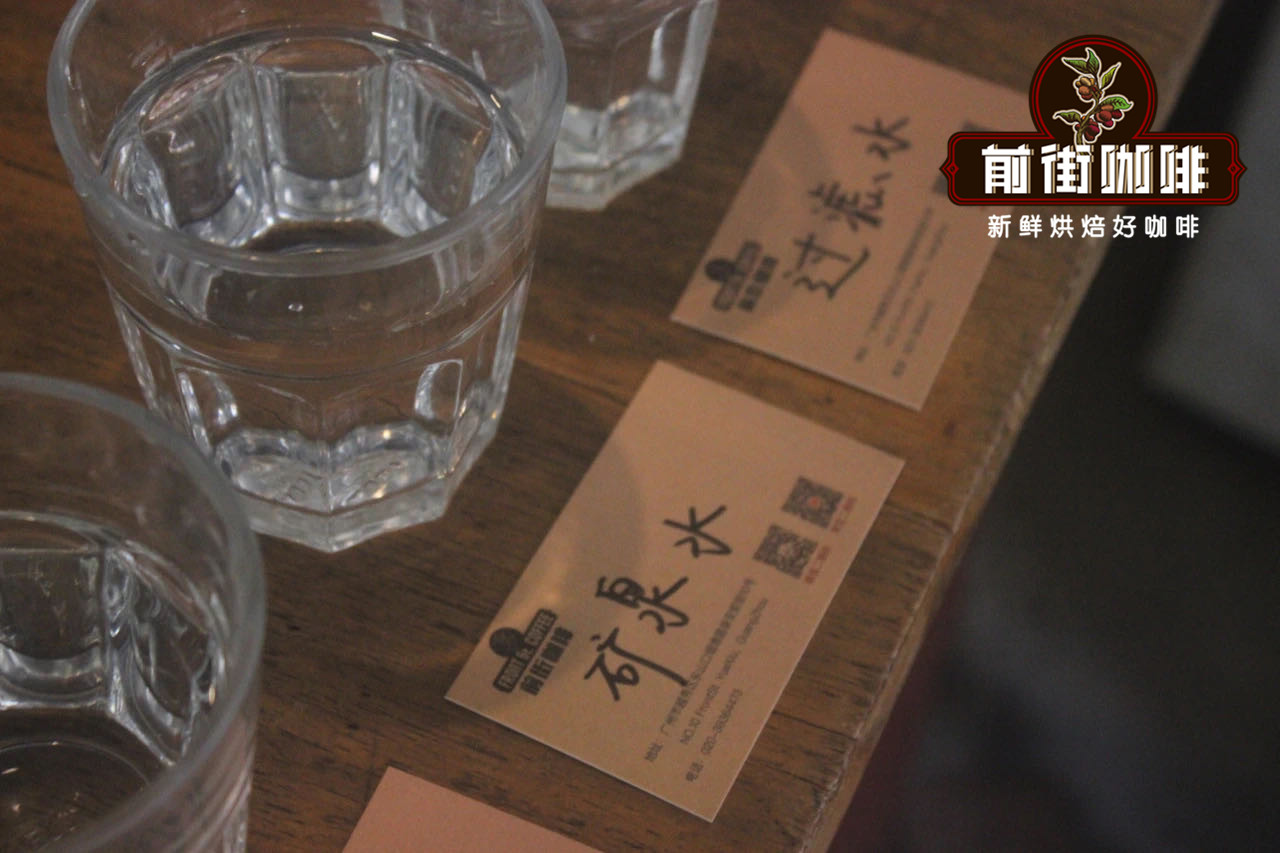
If the TDS--PPM is too high (above 225,225), the coffee will be underextracted and the flavor will not be released; if the TDS is too low (lower than 75ppm), it is easy to be over-extracted, resulting in bitter coffee. The best TDS value should be between 125--175ppm (SCAA standard). Coffee shops use different water sources, and their TDS will not be the same, so you can pay attention to this parameter when cooking at home, or you can ask your favorite coffee shop what kind of water they use. Qianjie uses water sources that reach the drinking standard through a water filter, and the TDS value is 139ppm. It is not recommended to directly use unfiltered tap water for cooking.
two。 Grinding degree
This is an important cause of problems in many coffee brewing. Maybe the store will give the grinding degree and the reference, but the grinding of each house is different, we should also pay attention to whether our grinding is uniform, the amount of fine powder, the state of particles and so on. Even if it is the same bean grinder, the state of the coffee powder is different (the length of time will lead to grinding deviation), not to mention that you and the merchant do not use the same machine. Qianjie Coffee uses a BG knife coffee bean grinder, so you don't need such an accurate grinder if you use it at home. So how to choose coffee bean grinder? Qianjie recommends two kinds of cutters for hand-made coffee grinding here, which can be used as a reference.
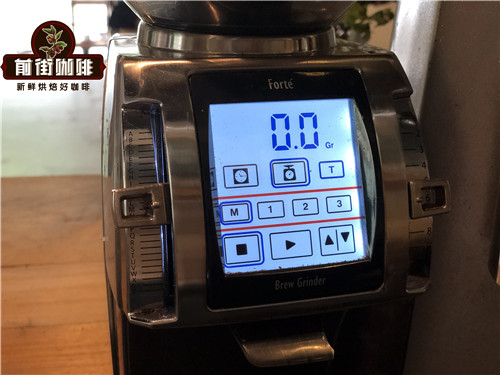
Cone knife: the coffee bean is ground into particles by grinding, so its shape is mainly block. Generally used for hand grinding, because it is in the form of "grinding", coffee beans will appear a large number of dust-like fine powder when they are crushed and burst. The normal coffee particles are also irregular blocks, but tend to be uniform as a whole. Because the cone knife is close to granulation, it takes longer to get in touch with water, so the initial release of soluble matter is less and the concentration will not be too high, but the xylem of extracted koji for a long time is less likely to absorb water and is not easy to produce miscellaneous flavor and astringent taste, which is suitable for grindability of hand-made coffee. The grinding effect of the expensive cone knife is also very different from that of the cheap cone knife.
Ghost teeth: coffee beans are ground into particles in the way of grinding, so their shape is mainly close to the sphere. But also because a coffee bean can be ground into several small particle spheres, then the grinding sphere will produce more leftovers (fine powder). But the overall difference between large particles is the smallest. It is suitable for hand grinding.
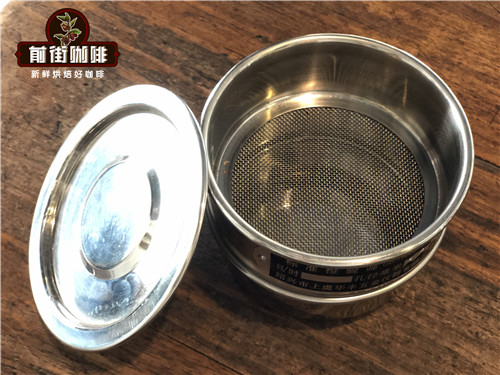
With regard to the degree of grinding, Qianjie will make the national standard 20 (850 micron) standard screen for screening and calibration. According to the SCAA cup test standard, the grinding degree of the cup test is 70-75% of the pass rate of the standard sieve 20. Then the grinding degree of Qianjie coffee brewing hand-roasted coffee is generally in the range of 75-80%, while that of medium-deep roasting is in the range of 70% Mel 75%. 3. Water temperature
The water temperature for hand-brewed coffee is generally recommended between 86 and 93 degrees Celsius, for lightly roasted beans between 90 and 93 degrees Celsius, and for deeper roasted beans (such as Golden Manning) at a lower water temperature (between 86 and 88 degrees Celsius). The light roasted beans of Qianjie coffee use 90-91 °C water temperature, and the medium-deep roasted beans use 88 °C-89 °C water temperature.
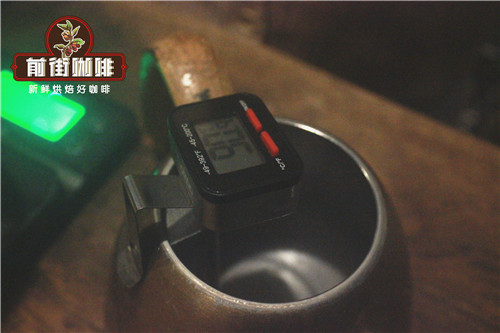
4. Powder-water ratio
The recommended powder-water ratio for Qianjie coffee is between 1:14 and 1:18. The smaller the proportion is, the stronger the taste is, and the larger the proportion is, the lighter the taste is. On the other hand, most coffee beans in Qianjie coffee stores are produced with a brewing ratio of 1:15, usually 15 grams of coffee beans are filled with 225g of water.
5. Washing and cooking technique
Next, let's analyze the three-stage cooking technique most commonly used in Qianjie. First of all, make preparations (warm filter cup, lower pot, grind coffee, prepare water at the right temperature) and pour in the coffee powder. Carry out the first stage of water injection and start timing at the same time. In the first section, 30 grams of hot water is injected and circled outward from the center, and the coffee powder absorbs water and slowly expands to form a bulging "coffee burger".
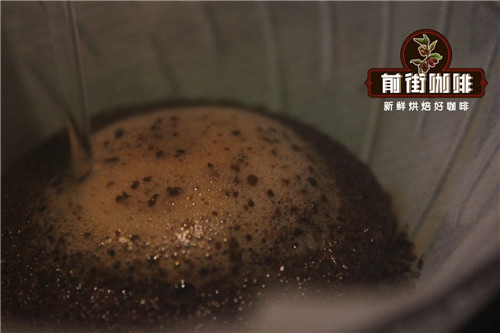
Stop injecting water to 30 grams of water and wait for 30 seconds of steaming time. The electronic scale shows that the second stage of water injection begins in 31 seconds, and the water flow remains stable and vertical when the water column hits the coffee powder layer. This section releases the coffee foam and permeates the whole powder layer surface. The liquid level is pulled up to the root of the short ribs, and the amount of water injected into this section is 100 grams.
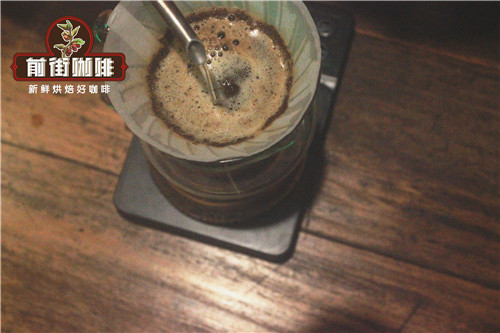
When the liquid level drops to 1 stroke 2, the last stage of water injection begins, this section also "smells fragrance" along the center to inject 95 grams of water, the original dark brown foam turns into a yellowish coffee foam, and the liquid level also returns to the water level of the second stage of water injection. After all the coffee liquid flows into the pot, remove the filter cup and end the extraction.
What is the advantage of Qianjie's love of three-stage extraction?
Strengthen coffee flavor: the flavor substances of coffee can be extracted more fully during extraction, which can enhance the hierarchical sense of coffee.
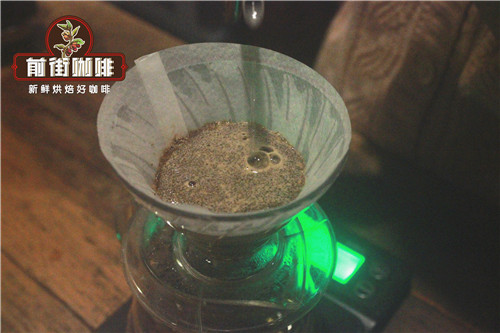
Strong compatibility: for most coffee from different producing areas and different roasting degrees, it can well show the flavor of coffee; as for brewers, if you inject more water at the beginning and find that the water level rises too fast, you can take segments to prolong the brewing time and let the water level drop and then continue to brew, which can avoid insufficient extraction caused by too fast water flow.
For more boutique coffee beans, please add private Qianjie coffee on Wechat. WeChat account: kaixinguoguo0925
Important Notice :
前街咖啡 FrontStreet Coffee has moved to new addredd:
FrontStreet Coffee Address: 315,Donghua East Road,GuangZhou
Tel:020 38364473
- Prev
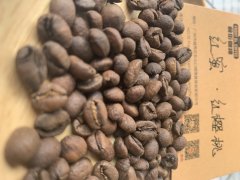
[coffee technique] A simple and easy extraction method-- water injection in the center of a knife flow.
Professional coffee knowledge exchange more coffee bean information please follow the coffee workshop (Wechat official account cafe_style) will not make coffee? I don't know how to make coffee. When circling, the water flow is one big and one small, how to fix it? Then let's use a lazy and simple technique to inject water in the center of the flow. Choose red.
- Next
How to ensure the consistency and stability of our baking RoAmi coffee roasting degree tester
To answer a question often asked, what is the baking degree of this bean, so how does Qianjie Coffee determine the roasting degree of our beans? We use the RoAmi coffee roasting degree detector, which is used to detect the roasting degree of coffee cooked beans. Usually, we get a few beans after baking.
Related
- What effect does Italian American coffee with filter paper have? Will coffee taste better if it is put on filter paper at the bottom of the powder bowl?
- What is the color difference in coffee beans? What are the characteristics of honey processed coffee beans? Why are the anaerobically treated coffee beans uneven in color?
- How does novice Xiaobai quickly get started and make coffee? Newbies learn to make coffee by hand and share the specific steps and process process!
- Costa tea has a shelf life of 100 years?! Expert: Unable to verify
- It's a huge uproar! American milk addition was rejected by Manner employees?!
- Mocha pot coffee bean recommendations| How fine and how much powder should be used for grinding? What parameter ratios do I need to use to make milk with Mocha pot coffee?
- What are the characteristics of the world's top ten coffee beans treated with Costa Rica honey? How to make black honey kadura from Tarazhu Pilon Processing Plant taste good?
- How to make deep-roasted coffee? What grinding water temperature does authentic Jamaica Blue Mountain No. 1 coffee use to brew it well?
- Selected high-grade rose summer coffee flavor tasting guide Why Panama rose summer has the aroma of flowers and fruits
- What equipment does a novice Xiaobai need to buy to learn to make coffee? Filter cup electronic scale bean grinder manual flushing pot purchase guide

